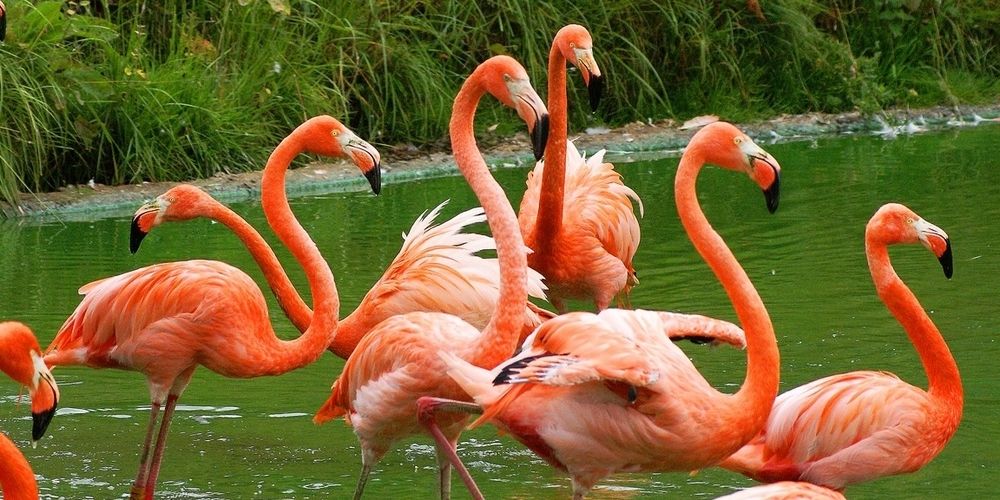Sambhar Lake Turns Pink: Flamingos Flock in Record Numbers in Rajasthan!
In the heart of Rajasthan lies Sambhar Lake, India’s largest inland saltwater lake, which saw a record-breaking arrival of nearly 96,000 flamingos, making it the highest-ever count in the lake’s history. But flamingos weren’t the only visitors; over 104,000 birds from 37 different species painted the lake’s skies.This year’s numbers reflect a 15-fold surge in migratory bird population compared to last year, sending ripples of excitement through birdwatchers, conservationists, and tourists alike. Sambhar Lake has become a flamingo fairyland—not in Africa or Australia, but in Rajasthan.Flamingos Reclaim Sambhar Lake: What More Is NeededBut behind the color lies an uneasy truth. Sambhar Lake’s ecological health is on a delicate thread, threatened by illegal salt mining, rampant encroachment, and shrinking wetland buffers. Despite its newfound fame, the lake suffers from exposed high-tension wires, noise pollution, and a lack of rescue infrastructure for injured birds. Over the years, unregulated human activity has slowly chipped away at the lake’s ecosystem. Illegal salt pans divert water away from crucial bird habitats. With flamingos known for their sensitivity to disturbances, even minor intrusions can cause massive disruptions in their migratory behavior. A New Hope: Turning Sambhar into a Conservation ReserveThankfully, hope is on the horizon. In response to the booming bird population, the Rajasthan Forest Department has proposed declaring Sambhar Lake a Conservation Reserve. This status would bring much-needed legal protection, focused conservation efforts, and funding to preserve the lake’s fragile biodiversity. Sambhar is not just a birdwatcher’s paradise; it’s a vital ecological haven, a natural heritage site, and a living reminder of how balanced coexistence between humans and nature is still possible. Let the pink wings of the flamingos not just mesmerize us but awaken us to act, protect, and preserve.

